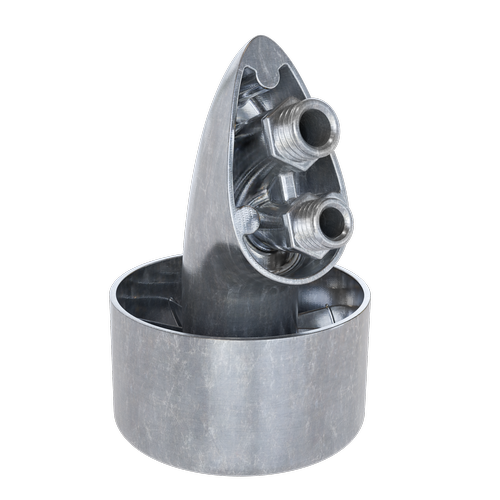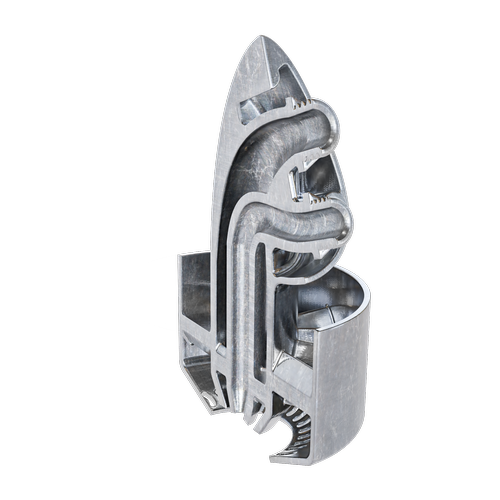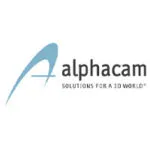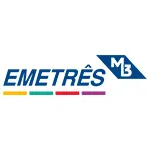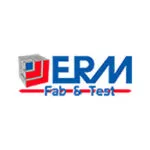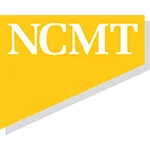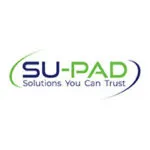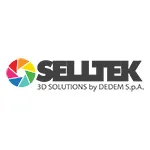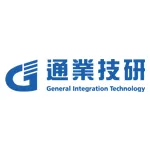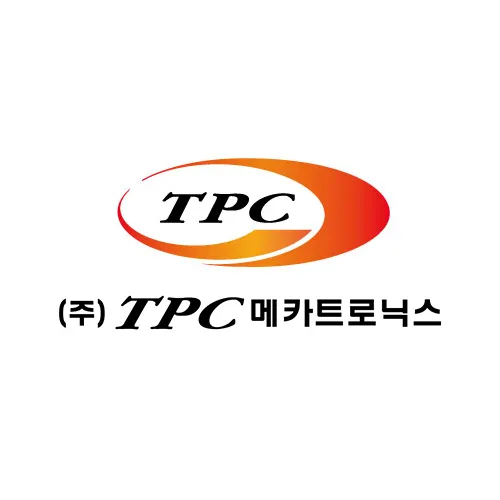the industrial solution for metal & ceramic manufacturing
Any Material at an Industrial Scale
High Throughput
High-speed, high-volume,
high-performance manufacturing — every part, every time
Industry Standard Material Properties
Ready for anyalloy, our parts match the strength, durability, and performance of industry-standard materials
High Repeatability
Unmatched consistency —precision manufacturing that delivers the same flawless result, every time.
Developed for Mass Production
Tritone revolutionizes metal Additive Manufacturing to meet the high standards of industrial production.
Our innovative technology empowers efficient production of precise parts in various metals and ceramics, serving industries such as Automotive, Aerospace, Medical, and Consumer Electronics.
Our benefits
our manufacturing systems
dominant
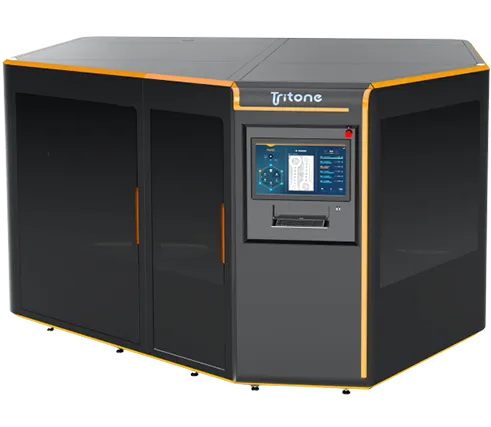
- Number of trays: 6,
simultaneous and independent - Throughput: Up to 1,600 cc/h
- Total build volume: 70,000 cc
Dim
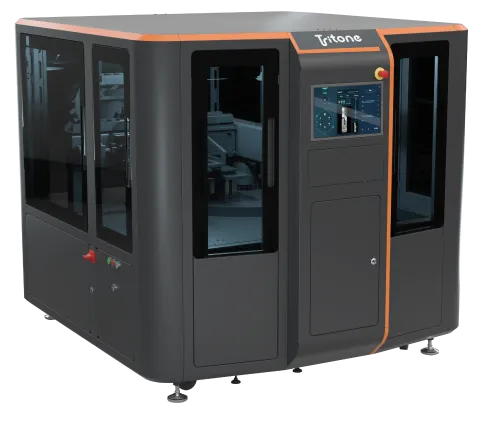
- Number of trays: 4,
simultaneous and independent - Throughput: 220 cc/h
- Total build volume: 10,000 cc
